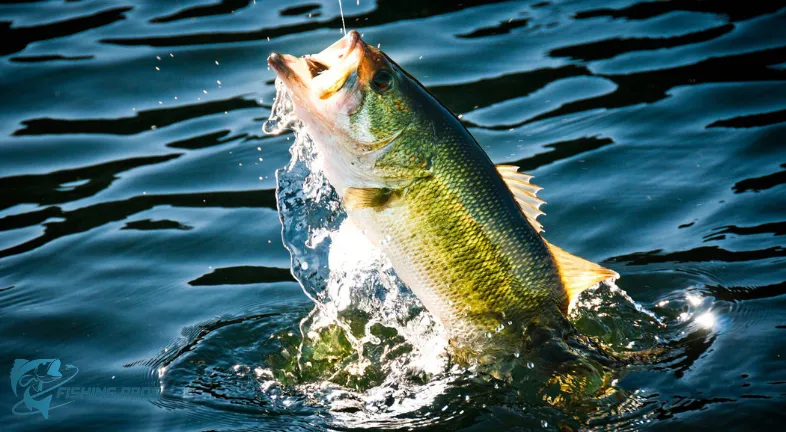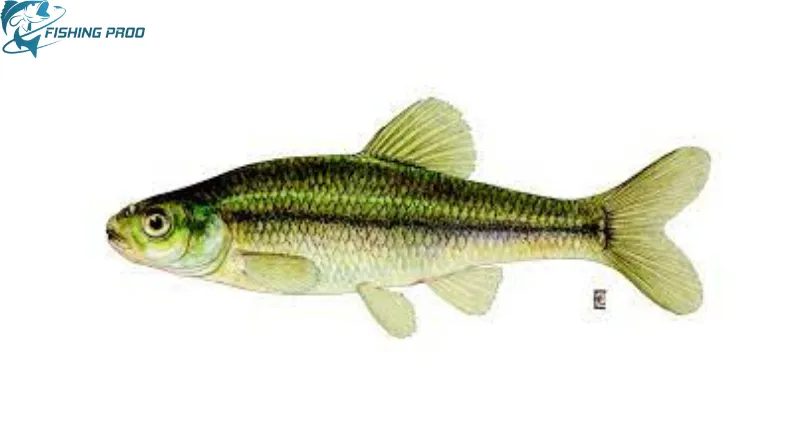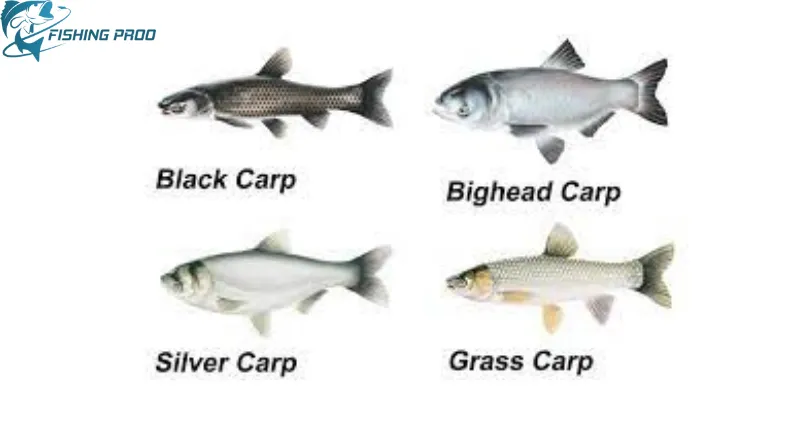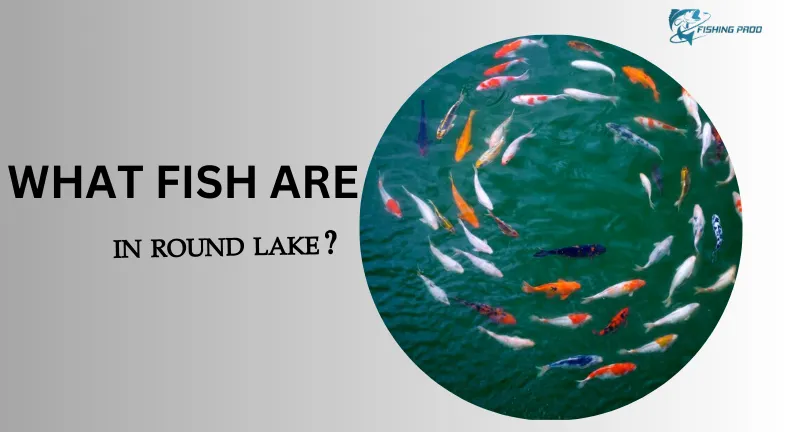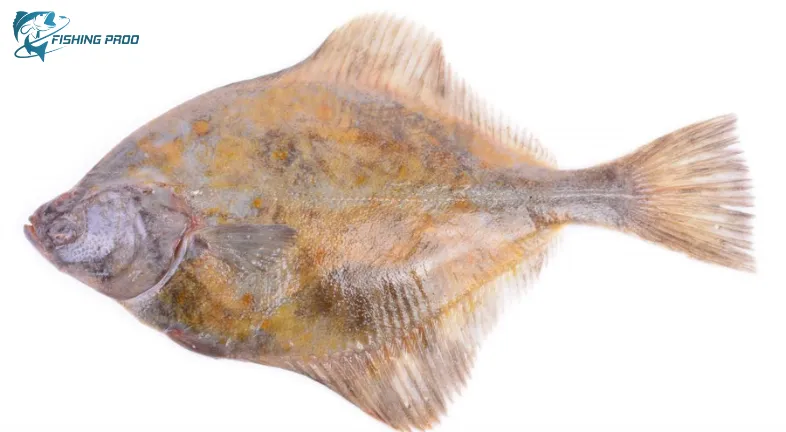“Barometric fishing” refers to using barometric pressure to catch fish. Barometric pressure, also known as atmospheric pressure, measures the weight of the air present at a particular location at any given time. An understanding of the weather beyond clear sky and mild winds is essential for experienced fishermen. A fishing trip success or failure can be determined by the minute variations in air pressure, which are determined by the mysterious barometric pressure. You can go from being a casual caster to a shrewd strategist who can navigate the watery battlefield with laser-like precision if you understand its impact on fish behavior.
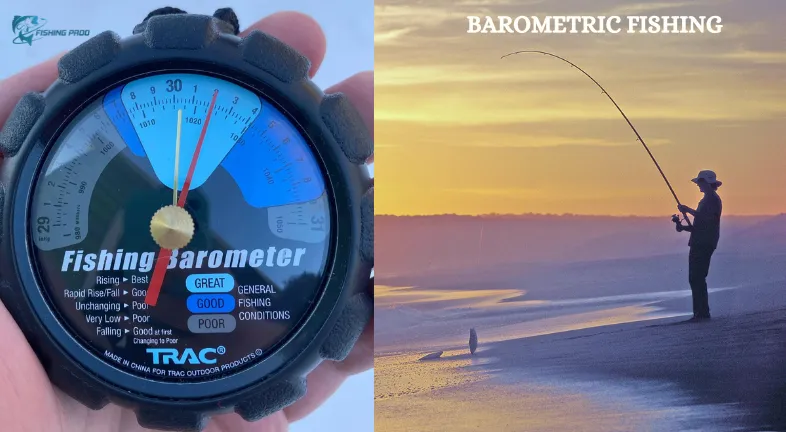
The Invisible Maestro: An Explanation of Barometric Pressure
Barometric pressure might be thought of as the atmosphere weight bearing down on us. Low pressure denotes a lighter atmosphere that permits the atmosphere to rise, and high pressure denotes heavy air columns pushing downward. These variations have a direct effect on weather patterns, influencing everything from wind speeds and cloud formation to sunshine and storms.
However, how does this apply to the aquatic environment?
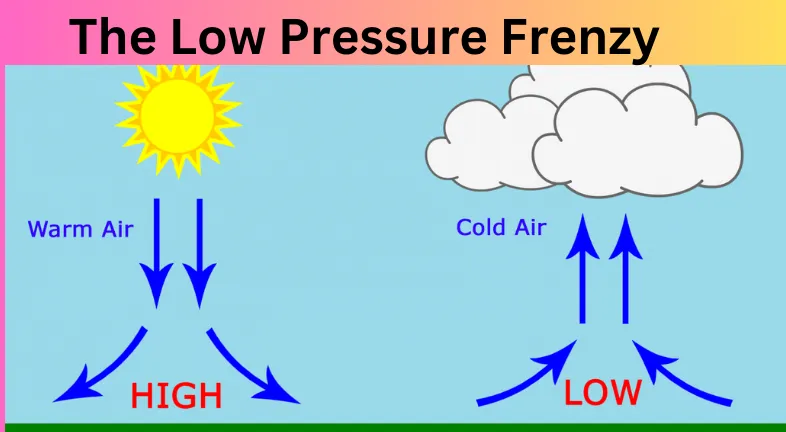
High Pressure Lull:
Envision a globe shrouded in a stable, dense layer of air. Squeezing dissolved gases, the high pressure compresses the water column. Because of the decreased oxygen availability at the surface as a result, fish are forced to search for deeper, colder pockets with higher oxygen concentrations. Furthermore, high pressure calm, stagnant circumstances might reduce feeding activity, making hungry fish less likely to pursue lures.
The Low Pressure Frenzy:
The atmosphere rises and the water column expands when the barometric pressure drops. As a result, trapped gasses are released, raising the oxygen content close to the surface and providing an enormous food source for aquatic life. Fish ascend higher in the water column, eagerly seeking food, a good time for fishermen to cast lines since they are feeling invigorated and opportunistic. The feeding frenzy is further fueled by the low pressure, which frequently causes wind and choppy waves to imitate natural feeding occurrences.
Beyond the Black-and-White: Variations in Pressure
Although broad strokes are provided by high and low pressure, knowing the rate of change introduces another level of intricacy to the fishing equation.
- Swift Ascent: Following a low-pressure episode, a sudden rise in pressure can cause fish to become confused and lethargic, which might result in slow bites.
- Sudden Drop: Although a sudden drop in pressure might energize fish, it can also cause pre- storm apprehension, which makes them less dependable.
Consequently, keeping an eye on both the pressure reading and its trajectory can help you gain a better knowledge of fish behavior and enable you to modify your approach accordingly.
Secrets Specific to Species: Revealing the Preferences of Various Fins
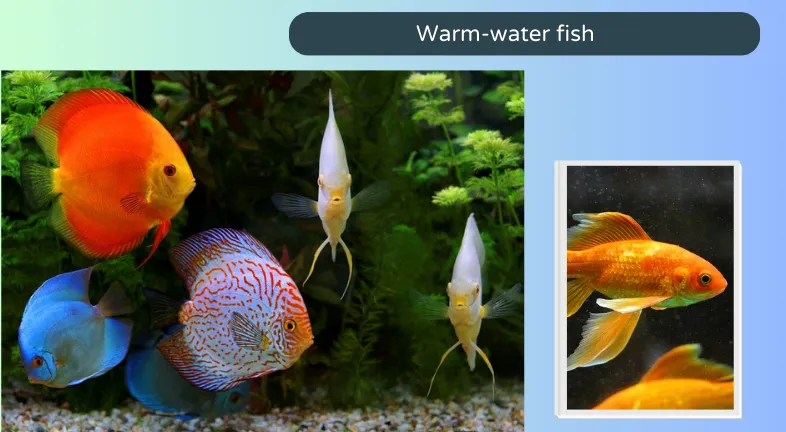
The tolerances and preferences of various fish species vary with respect to barometric pressure. Several broad patterns consist of:
- Warm-water fish: Generally speaking, they are more energetic in low pressure and more placid at high pressure.
- Cold-water fish: As warmer water currents are forced closer to the top by high pressure, they frequently become more active.
- Bottom feeders: Because of their mostly benthic existence, they might be less impacted by variations in pressure.
Understanding the pressure preferences of the target species will greatly assist you in anticipating their movements and selecting the appropriate lures and tactics.
Tools of the Trade: Putting Barometric Barometers to Use
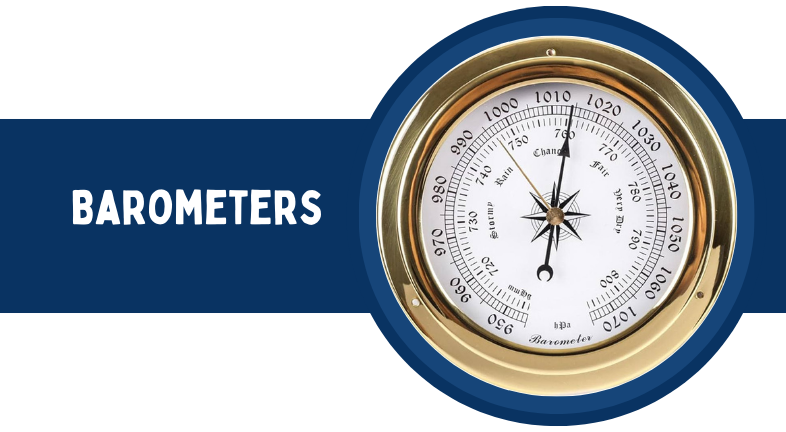
The days of depending only on intuition are long gone. You can be equipped with a plethora of tools and resources to interpret the barometer code.
- Barometers: To keep an eye on pressure readings in real time, get a portable barometer. Particularly useful is a digital barometer with historical data and trend analysis capabilities.
- Weather applications: A lot of weather applications offer forecasts, pressure change graphs, and comprehensive information on barometric pressure.
- Online Resources: Pressure-based fishing predictions and recommendations tailored to your area are frequently available on fishing websites and forums.
By using these tools on a regular basis, you will gain more insight into the local patterns of pressure and how they affect the fish you are looking for.
From Information to Practice: Useful Advice for Pressure-Aware Fishing
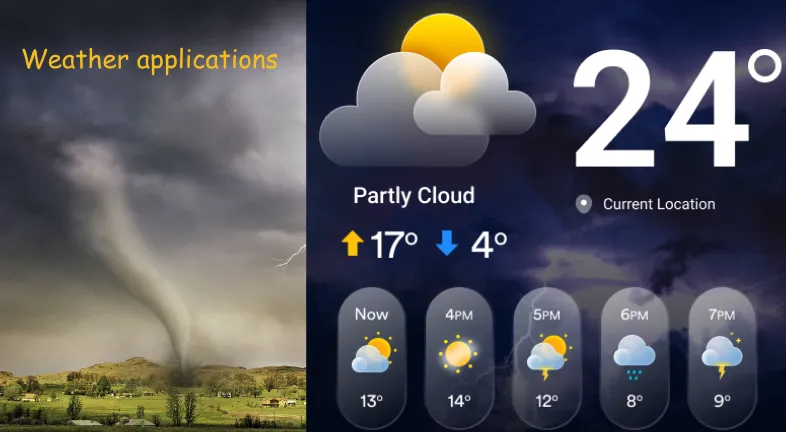
Let's put this knowledge into practice now:
- Arrange your travels: The pressure trends predicted for your fishing excursion should be taken into account. Look for times when the pressure is low or when it is going from low to high to see possible increases in activity.
- Modify your strategy: Low pressure may be best for top water lures and aggressive tactics, while high pressure may require deeper lures and bottom-fishing methods.
- Examine the signage in your area: Watch for alterations in water flow, bird behavior, and surface activity to get a sense of how the fish are reacting to the pressure variations.
Try things out and pick up tips: Each type of fish and body of water responds to pressure in a unique way. To spot trends and hone your tactics, record pressure readings, bites, and weather in a journal of your fishing excursions.
Resources and Methods for Barometric Intelligence:
Here are some more resources and methods to improve your barometer fishing skills:
- Fish finders: Sophisticated fish finders frequently show the dissolved oxygen content and water temperature, two important parameters that are impacted by pressure variations.
- Fishing Logs: By keeping a record of pressure measurements, weather, and fishing results, you can see trends and modify your strategy in light of prior experiences.
- Internet-Based Communities: Make contact with other local fishermen who actively fish for barometric pressure. Sharing your thoughts and observations can result in insightful local knowledge.
CONCLUSION:
Recall that barometric pressure is merely a crucial component of the puzzle rather than a miracle cure. You can finally achieve that much-desired fishing success by combining it with additional elements like moon phase, water temperature, and local knowledge, which will help you gain a deeper understanding of fish behavior.

